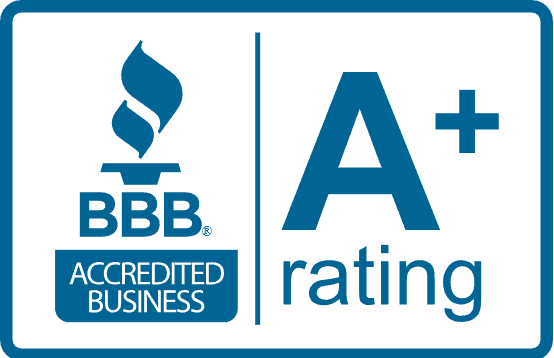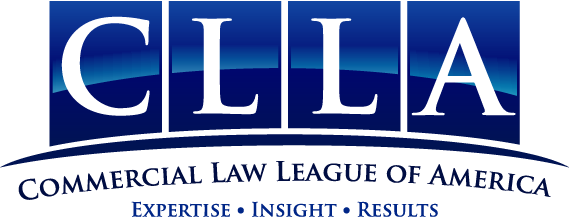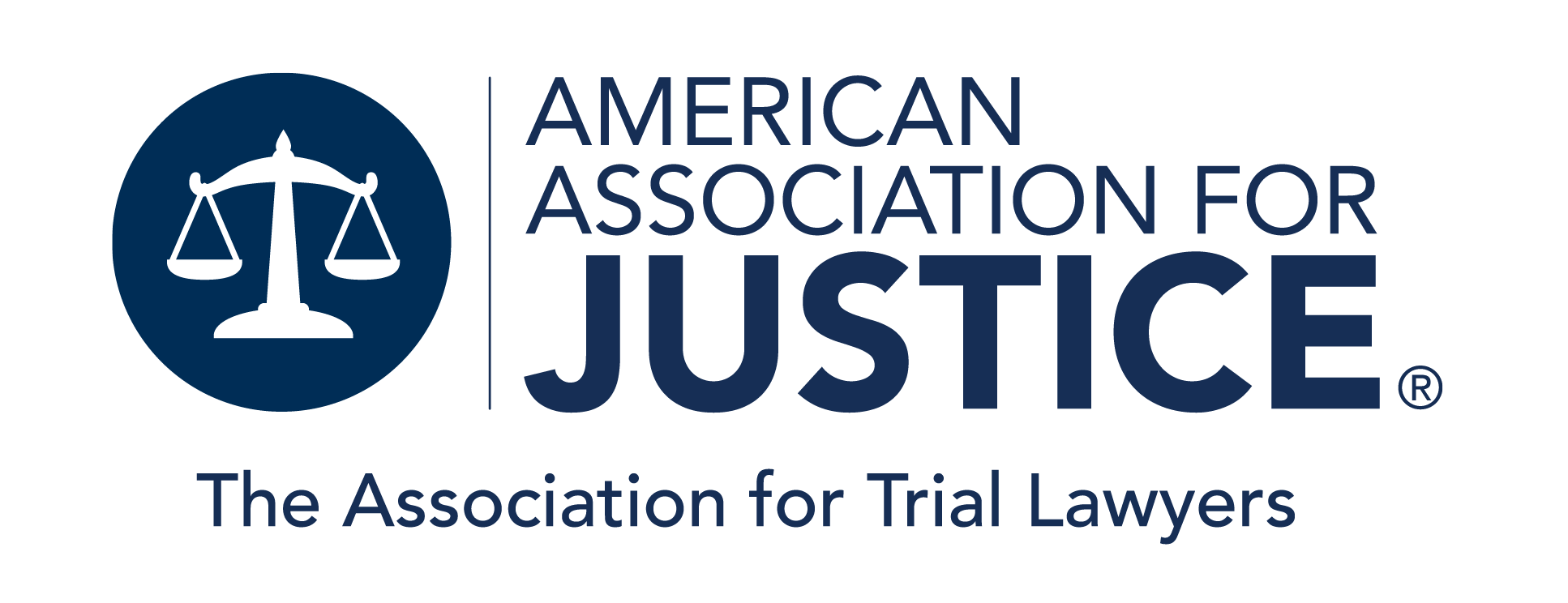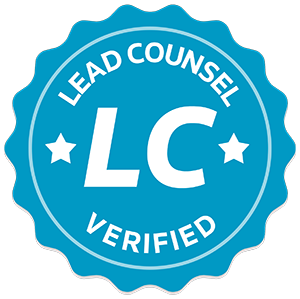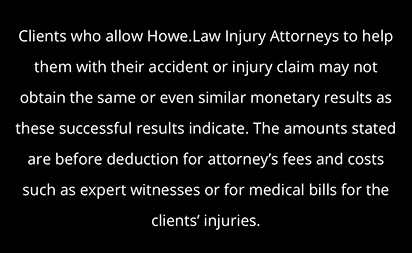
In recent years, physical therapy has gained prominence as a vital component in the recovery process following personal injuries. Patients often wonder if investing in physical therapy can have potential impacts on their legal settlements. This article delves into the intricate connection between physical therapy and the settlement amounts in personal injury cases. So, does physical therapy increase settlement? Let’s discuss in detail.
Understanding the Role of Physical Therapy in Injury Recovery
Physical therapy plays a fundamental role in the recovery process for individuals suffering from various injuries. The therapy is designed to restore function, reduce pain, and improve overall quality of life. Here, we will explore the basic concepts and applications of physical therapy, emphasizing its importance in injury rehabilitation.
The Basics of Physical Therapy
Physical therapy involves a series of exercises and treatments tailored to the specific needs of patients. Licensed therapists work with individuals to develop personalized rehabilitation plans that may include:
- Manual therapy techniques
- Exercise programs aimed at enhancing mobility and strength
- Modalities such as heat, ice, ultrasound, and electrical stimulation
- Patient education regarding injury prevention strategies
The goal of these approaches is not only to alleviate pain but also to restore function and promote healing. Each treatment plan is crafted after a thorough assessment of the patient’s condition, taking into account their medical history, the nature of the injury, and their personal goals for recovery. This individualized approach ensures that patients receive the most effective care, maximizing their chances for a successful recovery.
Physical Therapy and Injury Rehabilitation
Following an injury, physical therapy often serves as a crucial step in rehabilitation. It addresses various types of injuries, including:
- Soft tissue injuries
- Fractures and post-surgical recovery
- Chronic pain conditions
- Sports-related injuries
By participating in a structured rehabilitation program, patients can potentially expedite their recovery process, leading to improved physical capabilities and a return to normal activities. In addition, effective rehabilitation can strengthen the case for legal settlements, making physical therapy an essential consideration in personal injury claims. Furthermore, physical therapy not only aids in physical recovery but also plays a significant role in addressing the psychological aspects of healing. Many individuals experience anxiety or depression related to their injuries, and physical therapists often incorporate mental wellness strategies into their treatment plans. This holistic approach can help patients regain confidence in their physical abilities while also fostering a positive mindset throughout their recovery journey.
Moreover, the benefits of physical therapy extend beyond immediate injury recovery. Engaging in regular physical therapy sessions can help patients develop a greater understanding of their bodies and how to prevent future injuries. Therapists often teach patients about body mechanics and ergonomics, which can be particularly beneficial for those returning to physically demanding jobs or sports. By instilling these principles, patients are empowered to take an active role in their health and well-being, reducing the likelihood of re-injury and promoting long-term physical fitness.
The Legal Perspective: Physical Therapy and Settlements
From a legal standpoint, the intersection of physical therapy and personal injury claims is significant. Physical therapy can influence the potential settlement amount in several ways, largely tied to the evidence it provides concerning the extent of the injuries and recovery efforts.
How Physical Therapy Impacts Settlement Amounts
When pursuing a personal injury claim, the settlement amount often reflects the severity of injuries and the impact on the victim’s life. Physical therapy serves as a crucial element in this context:
- Demonstrating Injury Severity: Physical therapy records can provide evidence of the extent of injuries, showing how they have impaired the individual’s daily life.
- Documenting Treatment Efforts: Consistent attendance and compliance with therapy demonstrate the patient’s commitment to recovery, which can bolster a claim.
- Providing Expert Opinions: Therapists may offer professional insight into how the injury affects the patient, further substantiating compensation requests.
As such, the presence of comprehensive physical therapy documentation can lead to higher settlement amounts, depending on the overall impact of the injury on the individual’s life. Furthermore, the duration and frequency of therapy sessions can also play a significant role; longer treatment periods may indicate more severe injuries, reinforcing the need for a higher settlement to cover ongoing care and rehabilitation costs.
The Role of Medical Records in Legal Cases
Medical records are central to any personal injury case. In the realm of physical therapy, these records typically encompass:
- Initial evaluations and assessments
- Treatment plans and modalities utilized
- Progress notes detailing improvements or setbacks
- Recommendations for future treatments
Having organized and thorough medical documentation is vital for substantiating claims. It not only informs legal representatives about the injury but also positions the case favorably in negotiations with insurance companies. Additionally, the credibility of the medical professionals involved can enhance the weight of the records; therapists with established reputations and expertise in their field may lend more authority to the case, potentially influencing settlement discussions. The integration of multidisciplinary approaches, where physical therapists collaborate with other healthcare providers, can also enrich the narrative of the injury’s impact, showcasing a comprehensive treatment strategy that underscores the necessity of adequate compensation.
The Financial Implications of Physical Therapy
While the benefits of physical therapy in injury recovery are evident, it also comes with financial considerations that victims must weigh. Understanding the costs associated with physical therapy and their potential implications on settlements is crucial.
Cost of Physical Therapy vs. Potential Settlement Increase
Patients often find themselves evaluating the costs of physical therapy against the potential increase in settlement amounts. The initial financial burden of therapy should be viewed in the context of its long-term benefits:
- Typical Costs: In the United States, physical therapy sessions can range from $50 to $350 per session depending on various factors, including location, insurance coverage, and therapist expertise.
- Potential Returns: A well-documented recovery can lead to significantly higher settlements, sometimes amounting to thousands of dollars more than the costs incurred for therapy.
Thus, while physical therapy requires an upfront investment, it may yield substantial returns in the form of increased compensation for pain and suffering, lost wages, and medical expenses. Moreover, the value of a comprehensive recovery extends beyond financial compensation; it can restore an individual’s quality of life, enabling them to return to work and engage in daily activities that were previously hindered by injury. This holistic approach to healing not only impacts financial outcomes but also enhances overall well-being.
Insurance Considerations for Physical Therapy
Insurance coverage also plays a pivotal role in deciding whether to pursue physical therapy. Key factors include:
- Policy Benefits: Understanding what your health insurance covers regarding physical therapy can help gauge your options without excessive financial strain.
- Out-of-Pocket Costs: Some policies may require co-pays or may not fully cover the costs incurred, making it essential to review your plan thoroughly.
Consulting directly with insurance representatives can clarify any confusion regarding coverage, helping to make informed decisions about pursuing therapy. Additionally, it’s important to note that some insurance plans may limit the number of sessions covered, which could necessitate discussions with your healthcare provider about the most effective treatment plan within those constraints. Engaging in proactive communication with both your therapist and insurance provider can help ensure that you maximize your benefits while minimizing unexpected expenses, ultimately leading to a more manageable recovery process.
Making the Decision: Is Physical Therapy Right for You?

The decision to pursue physical therapy following an injury should be made after careful evaluation. Personal circumstances, injury types, and potential legal outcomes all play a role in this choice.
Evaluating Your Personal Injury Situation
Individuals should consider several factors when evaluating their personal injury situation:
- The severity of the injury and its impact on everyday life
- Current abilities and limitations
- Advice from medical professionals regarding rehabilitation
- Potential for long-term recovery without therapy
Consulting with healthcare providers can provide essential insights into whether physical therapy is necessary for a successful recovery and subsequently may enhance the chances of a favorable settlement. Furthermore, understanding the psychological aspects of recovery is equally important. Many individuals experience anxiety or depression following an injury, which can hinder rehabilitation efforts. Physical therapy not only addresses physical limitations but also serves as a crucial support system that encourages emotional healing and boosts confidence as patients regain their mobility and strength.
Consulting with Legal and Medical Professionals
Before making any decisions, it’s prudent to discuss your injury with both legal and medical professionals. Each brings expertise that can illuminate your path forward:
- Medical Professionals: A doctor’s recommendation can confirm the necessity of physical therapy, ensuring you follow a structured recovery plan.
- Legal Professionals: An attorney well-versed in personal injury can guide how physical therapy can influence your case and settlement discussions.
Combining professional insights ensures that you make informed decisions that align with both medical and legal best practices. Additionally, it’s essential to consider the financial implications of physical therapy. Many insurance plans cover a portion of therapy costs, but understanding your policy’s specifics can prevent unexpected expenses. Legal professionals can also assist in negotiating these costs as part of your overall settlement, ensuring that you are compensated adequately for both your medical needs and any ongoing therapy required for a complete recovery.
Conclusion
In conclusion, physical therapy plays a vital role in injury recovery and can significantly affect the outcome of personal injury settlements. By understanding its importance, the legal implications, and the financial considerations, individuals can make informed choices about their recovery options. Engaging with skilled physical therapists and navigating the complex relationship between medical care and legal claims can ultimately lead to a more favorable settlement outcome.
If you’ve been in an accident, starting physical therapy as soon as possible can make a huge difference in your recovery journey.
We are from Howe Law, understand the challenges you face after an injury, and we’re here to help you get back on your feet—both physically and legally. Let us fight for the compensation you deserve so you can focus on your healing.
Don’t wait—CALL TODAY FOR A FREE CONSULTATION at 888-559-7940, available 24 hours a day, 7 days a week. Your road to recovery starts here!
Related Articles











































